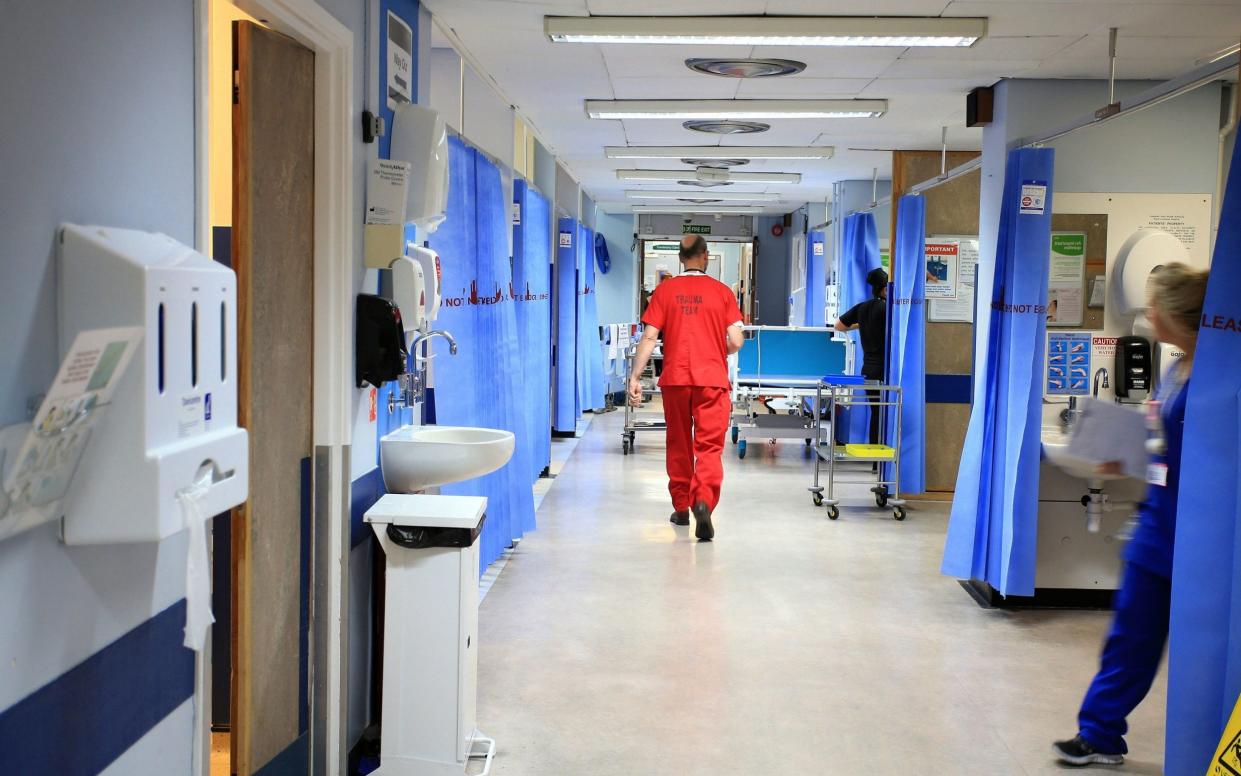NHS faces summer crisis after worst May on record for 12-hour A&E waits

The NHS has had its worst May on record for A&E waits of more than 12 hours, data reveal, as a summer crisis looms for the health service.
The number of people delayed by longer than 12 hours in A&E departments in England rose by 17 per cent between April and May, from 26,899 to 31,494, the latest NHS figures show.
There has also been a 60 per cent increase in patients experiencing 12-hour waits in the past year, up from around 19,700 in May 2022.
In May 2016, just 107 patients experienced such delays.
Experts have warned the figures are “alarming” for this time of year, and show that “corridor care” is now seen as routine in the NHS.
Dr Tim Cooksley, the president of the Society for Acute Medicine, said: “This latest data shows an NHS that is under immense strain and struggling amid a continuous – not seasonal – crisis, exemplified by urgent and emergency care.
“The level of ‘corridor care’ persisting into May reflects that it is now perceived as routine practice but it is unacceptable. It is not safe, it is degrading for patients and it is demoralising for staff.
“Twelve-hour wait data is alarming for this time of the year, with far too many patients, especially older people, waiting too long in emergency departments for beds on acute medical units, trauma units and acute surgical units.”
The number of patients being seen within four hours in all A&E departments – the NHS target – has improved slightly in a year, rising to 74 per cent in May 2023 compared with 72.8 per cent a year ago.
Meanwhile, NHS waiting lists for planned treatment and operations in England rose in April to another record of 7.42 million, up from 7.3 million in March, figures show.
It is the highest number since records began in August 2007.
The increase will come as a blow to Rishi Sunak, who has made cutting waiting lists one of his key election promises.
The number of patients waiting to start treatment has now risen by 220,000 since the Prime Minister pledged in a speech in January that “lists will fall and people will get the care they need more quickly”.
Some 11,477 people were estimated to have been waiting more than 18 months to start routine hospital treatment at the end of April, NHS England said. That is up from 10,737 at the end of March.
It comes despite the Government and NHS England setting the ambition of eliminating all waits of more than 18 months by April of this year, excluding exceptionally complex cases or patients who choose to wait longer.
A total of 371,111 people in England had been waiting more than 52 weeks to start routine hospital treatment at the end of April, up from 359,798 at the end of March.
The Government and NHS England have set the ambition of eliminating all waits of more than a year by March 2025.
Industrial action is likely to have impacted wait times, as more than half a million operations and appointments have already been cancelled as a result of NHS strikes.
Junior doctors are due to start their third 72-hour strike next Wednesday at 7am, with union leaders threatening to walk out for three days a month throughout “summer and winter… for as long as it takes”.
Cancer delays
Separate figures from NHS England show cancer waiting times have worsened.
Some 61 per cent of cancer patients who had their first treatment in April after an urgent GP referral had waited less than two months for treatment to start.
This is down from 63.5 per cent in March, while the target is 85 per cent.
Wes Streeting, Labour’s shadow health secretary, responding to the latest NHS waiting lists data, said: “Rishi Sunak promised to cut waiting lists, but hundreds of thousands more patients are waiting for treatment today than when he became Prime Minister.
“The longer the Conservatives are in office, the longer patients wait.”
Prof Sir Stephen Powis, the NHS national medical director, said: “Despite the NHS continuing to see high levels of demand across urgent and emergency care, hard-working staff are continuing to deliver improvements as set out in our urgent and emergency recovery plan.”
He said it was expected that the overall waiting list would continue to increase for a time as people who may have put off coming forward for care over the past few years of the pandemic sought help.

 Yahoo News
Yahoo News 
